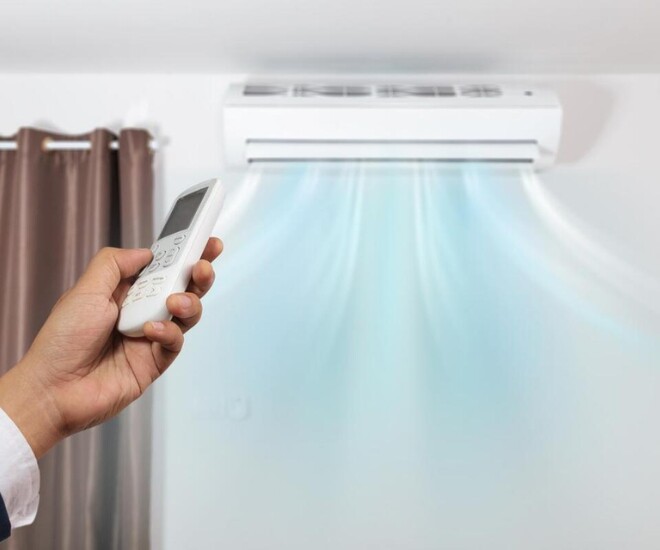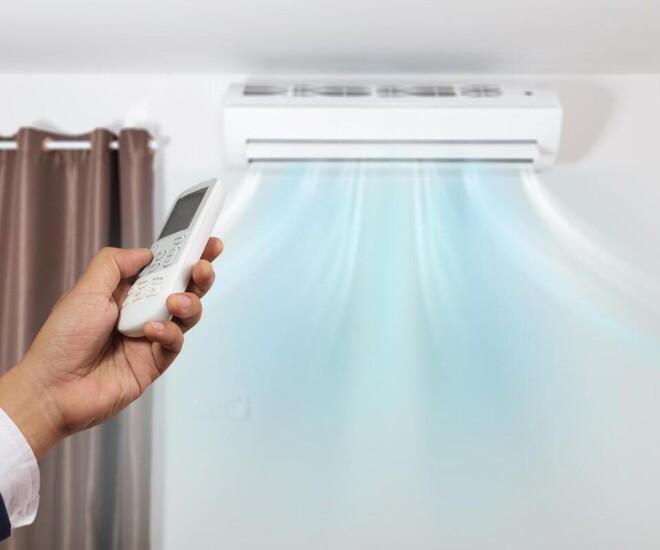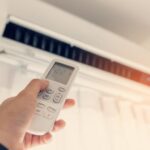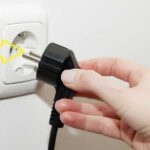The energy consumption of traditional air conditioners during daily use is indeed very high. Especially in the hot summer months, when air conditioning is frequently used, electricity bills can soar.

Inefficient air conditioners not only use more electricity but can also double energy consumption, causing a significant financial burden on households. For this reason, although many families have installed air conditioners, they often have to consider and use this equipment minimally or even not at all to save on monthly electricity costs.
Advantages of In-Ceiling Air Conditioners over Traditional Air Conditioners
1. Sleek Design
In recent years, minimalism has been gaining popularity in interior design. For those who appreciate simplicity, in-ceiling air conditioners are a perfect choice.
Its sleek design conceals internal components within the ceiling, creating a harmonious living space while adhering to minimalist aesthetic trends. This makes the central air conditioning system a striking feature in modern home decor.

2. Superior Comfort
In-ceiling air conditioners offer a unique installation and air delivery method, providing a more comfortable cooling experience than traditional air conditioners. With a large air supply area and wide coverage range, the cool air is distributed evenly, avoiding direct airflow issues found in wall-mounted or cabinet air conditioners.
When operating, the airflow from the in-ceiling unit is gentle and gradually cools the temperature, maintaining a stable environment. The central air conditioner’s air organization system is more efficient, resulting in less temperature fluctuation and a pleasant experience for users.
Moreover, the system operates quietly thanks to advanced compressor technology and quiet design, ensuring users are not disturbed during rest or work.

3. Energy Savings
Many people assume that central air conditioners consume more energy due to their high capacity. However, this notion is not entirely accurate. In reality, the energy consumption of central air conditioners is not necessarily higher than that of conventional units, and in many cases, it is more energy-efficient.
Inverter technology allows central air conditioners to adjust their output power according to actual needs, resulting in efficient energy savings. When using only one indoor unit, the outdoor unit can operate at a low capacity, similar to the consumption of a typical air conditioner.
Furthermore, central air conditioners often have a higher energy efficiency ratio, meaning they can cool or heat more effectively under the same conditions, thereby reducing energy consumption.
















